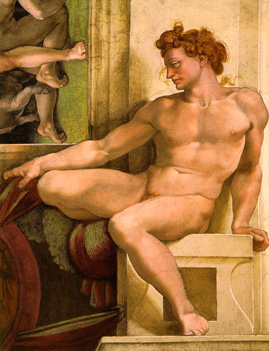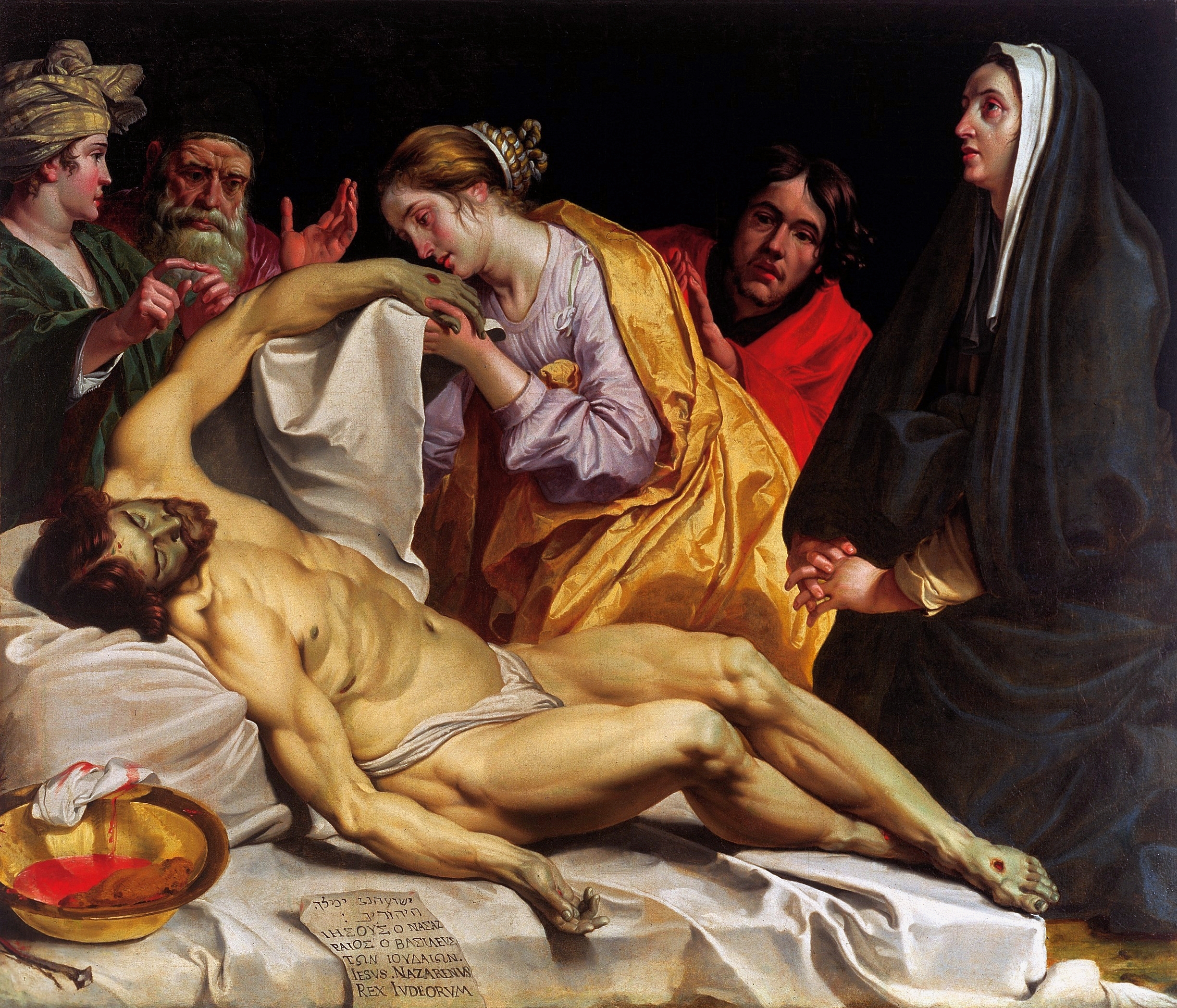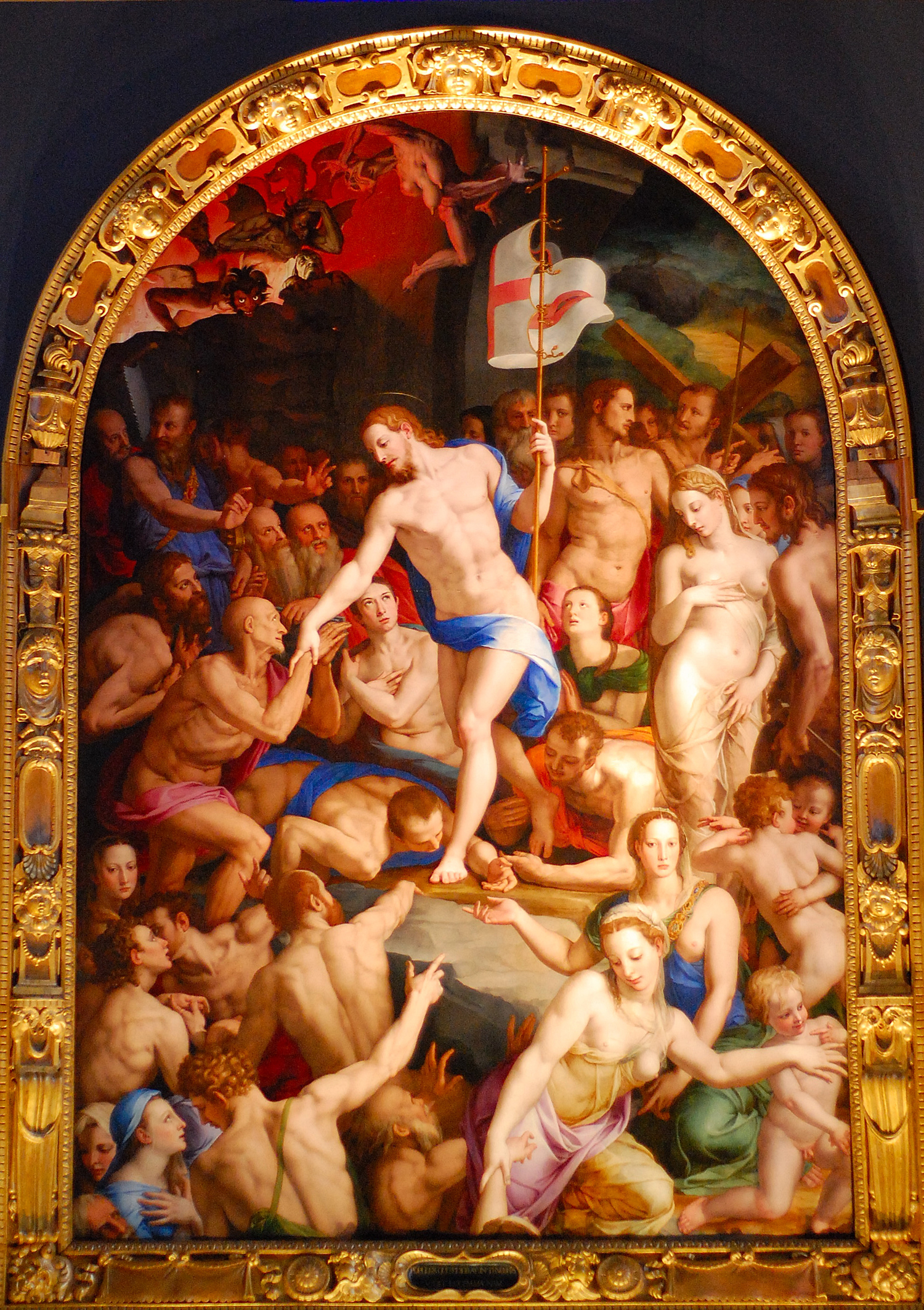Joy to the world and a lump of coal in your bourgeois stocking. That is the mixed message of this year’s updated créche in St. Peter’s Square.
Admonitory additions to the traditional créche illustrate Orwell’s contention that all art is propaganda. He did not have the ancient manger scene in mind, but he might as well have. Right-thinking Vatican set designers appear intent on proving him correct. And exhibiting their own high moral conscience at the same time.
A polemic in disguise, this year’s installation is a leaden tutorial from earnest men with stern expressions and furrowed brows. They come bearing images meant to instruct heedless middle classes who would have no clue—none whatever—to the world’s needs but for reminders by fine fellows like themselves.

Dotted among the customary shepherds, Wise Men, and Neopolitan townspeople are mawkish tableaux inspired—if that is the word— by the Seven Works of Mercy. At the foot of the display is an ark-like boat signaling the plight of migrants. Sanctimonious accessories mangle the Nativity scene by distracting from the reasons Christians gather to celebrate Christmas. We do not assemble to shake a finger or egg each other on in good works. Or to seek political guidance in the moral narcissism of Vatican aparatchiks . Christmas exists solely to proclaim sacred tidings: The Word became flesh and dwelt among us.
The Nativity stirs in Christian hearts the shattering wonder of God breaking into His own creation to shoulder the sins of the world. The Incarnation, an embodiment of His covenant, is beyond all works of men.

For Christians, that frail newborn in the crib ushered the plenitude of divinity into time and history. Words of an old carol rise to the transfigured reality: Make we joy now in this fest. Subordinating wonder to Sunday school exhortation, the Vatican’s nouvelle crèche succeeds only in being arrogant and irritating.
Several readers have sent me comments on the créche by a popular Catholic blogger. It is worth mention only because this writer has a following among Catholic traddies. However unpalatable the revised Nativity in St. Peter’s Square, her reaction to it illustrates the Francis Derangement Syndrome. It is as unhinged as the Trumpian one.
You might expect the politically charged boat, with its reduction of complex societal issues to sentimental staging, to draw serious fire. But no. It was the clothe-the-naked vignette that triggered raw animus:
Waxing feverish, this blogger deemed it “pure homoerotica.” The naked man is a “gym rat.” The Star of Bethlehem, fixed upright instead of streaming sideways (in what she calls the “catechetical” position), is a phallic symbol. All told, the display is the work of “filthy faggots,” designed with “full malice aforethought.”
Something is unnervingly off-kilter here. Its virulence does the Church no favor. How can it be Catholic if there is nothing Christian about it? Besides, it is surprisingly dismissive of the customary tropes of biblical painting. The star sets where it has for centuries: straight overhead.


By this writer’s measure, the ceiling of the Sistine Chapel can only be interpreted as faggotry aforethought. Which it is not. Naked men—ignudi—were a Renaissance specialty, an effort to reclaim classical figuration. (Michelangelo used male models for his female figures, too, because the architecture of the human body is more apparent in male musculature.) Fault the Vatican’s vignette for the banality of the supine figure vis-à-vis its historic prototypes. Dislike it for being intrusive and insipid. That is really quite enough. No need to project onto it the ferocity of one’s own distastes.
You want a gym rat? Try Adam. Or take your pick of his companions in the riot of nudes across the Sistine ceiling.


A lively strain of nakedness run throughout Western religious art. Naked men are conventional in various lamentations and scenes of healing. Both sexes appear nude in various Last Judgments, Apocalypses, and Harrowings of Hell.





Christ Himself is not wearing much in the many depictions of Him leading souls out of limbo:

Nakedness has symbolic value. It testifies to the desolation of the body—and of matter itself—no less than its dignity. It reveals us as ephemeral beings coursing toward dissolution. There are words in Jean Mouroux’s The Meaning of Man that are better suited to the naked man in the crèche than a blogger’s diatribe:
We must remember the lesson: the body is a small portion of matter to which the soul has given life. Why be surprised at their limitations and miseries? . . . They should dispose us to the adoration of Him who alone is without limitations and miseries, who knows of what clay we are made, how brief our days, how humble our paths.
. . . The body was created in such wise that the Word of God might lay hold of it and assume it; and because the Word was made flesh the body’s condition was thenceforth changed. It is redeemed. It awaits its glorification.
. . . By the Incarnation, the human body finds its capacity for expression carried to the infinite, for now it expresses God.
Gloria in excelsis deo.
Correction: It was last year’s créche that included a Maltese fishing boat. This year, the boat was absent from the display but occupied the pope’s Christmas Eve homily and his address for World Peace Day. (That address was released weeks ahead of time to establish the plight of migrants as the theme of Christmas.)




